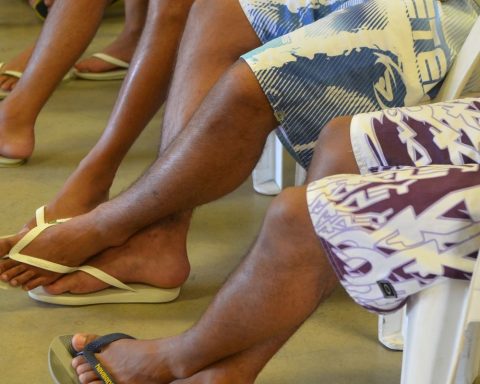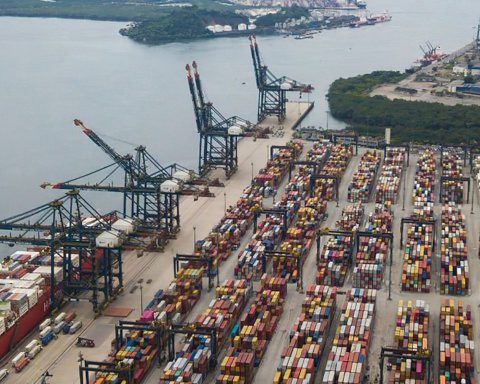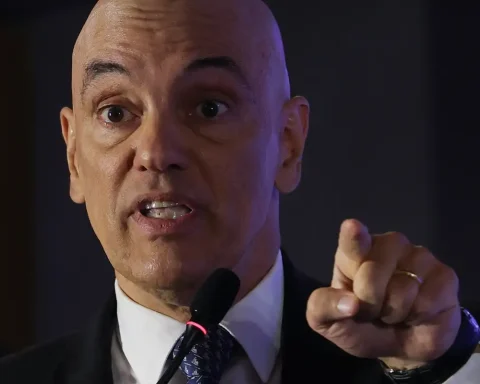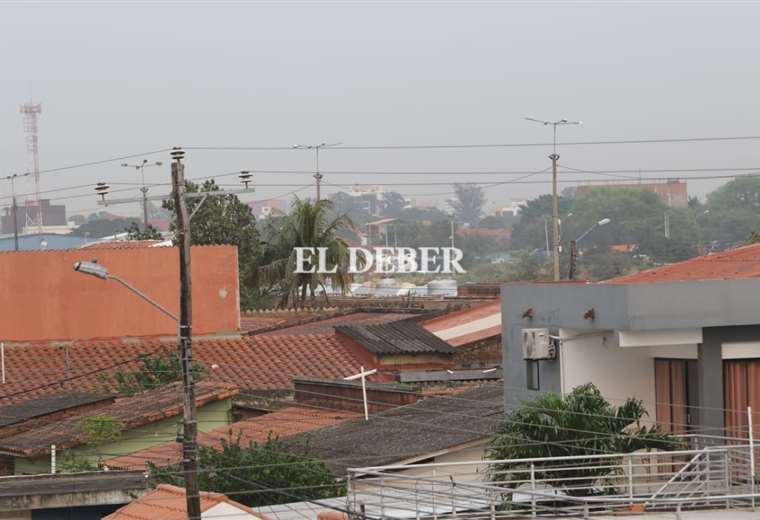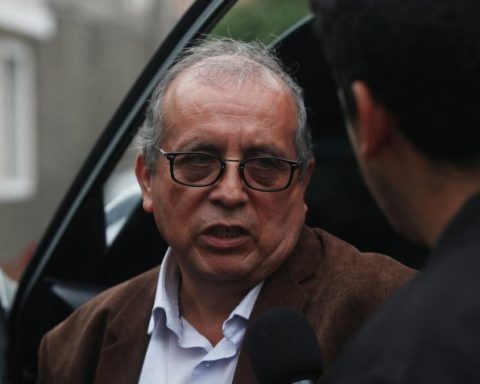The National Electronic Commerce Observatory, linked to the Ministry of Development, Industry, Commerce and Services (MDIC), announced on Tuesday (3) that Brazilian electronic commerce grew 4% compared to 2022 and moved the equivalent of US$ 196.1 billion throughout 2023. Brazilian e-commerce more than quintupled in size compared to the movement recorded in 2016, just over R$ 39 billion.
São Paulo, Espírito Santo and Minas Gerais, according to the Observatory, concentrated 60% of business done through e-commerce throughout 2023.
“This shows that we have a lot of hard work to do, which is the process of digital inclusion and income distribution,” said the Secretary of Industrial Development, Innovation, Commerce and Services of the Ministry of Education, Uallace Moreira. For him, e-commerce is essential for national development.
Purchasing profile
According to the National Electronic Commerce Observatory, based on data extracted from electronic invoices provided by the Federal Revenue Service, smartphones lead Brazilian e-commerce sales. In 2023, this product generated R$10.3 billion. Next, the purchase of books, brochures and printed materials represented a movement of R$6.4 billion; televisions, R$5.3 billion; refrigerators and freezers, R$5 billion; tablets, R$4.4 billion and food supplements, R$3.7 billion.
The list of best-selling products in e-commerce varies from state to state. In Minas Gerais, for example, the best-selling products are shoes; in Espírito Santo, air conditioning units. In Santa Catarina and Paraíba, the best-selling products are refrigerators and freezers; in Goiás, the main product was automobiles, while books were the best-selling product in the Federal District.
Adherence to online commerce
The Observatory’s data showed significant differences between Brazilian regions. The Southeast region continued to dominate the e-commerce scenario, concentrating the majority of online sales (73.5%); followed by the South (15.2%), Northeast (7%), Central-West (3%) and North (1.3%). When analyzing the region from which the purchase was made, the Southeast was the destination for 55.6% of closed deals, followed by the South (16.8%), Northeast (15.8%), Central-West (8.3%) and North (3.3%).
The MDIC and the Brazilian Industrial Development Agency (ABDI) are developing the E-commerce.BR project to increase the adoption of online commerce by small businesses. The project is expected to be launched by the end of the year. The initiative aims to improve financial performance through innovative solutions, especially in regions where e-commerce is still slow. In terms of e-commerce flow, interstate transactions are greater (62%) than those that occur within the state itself (38%).


